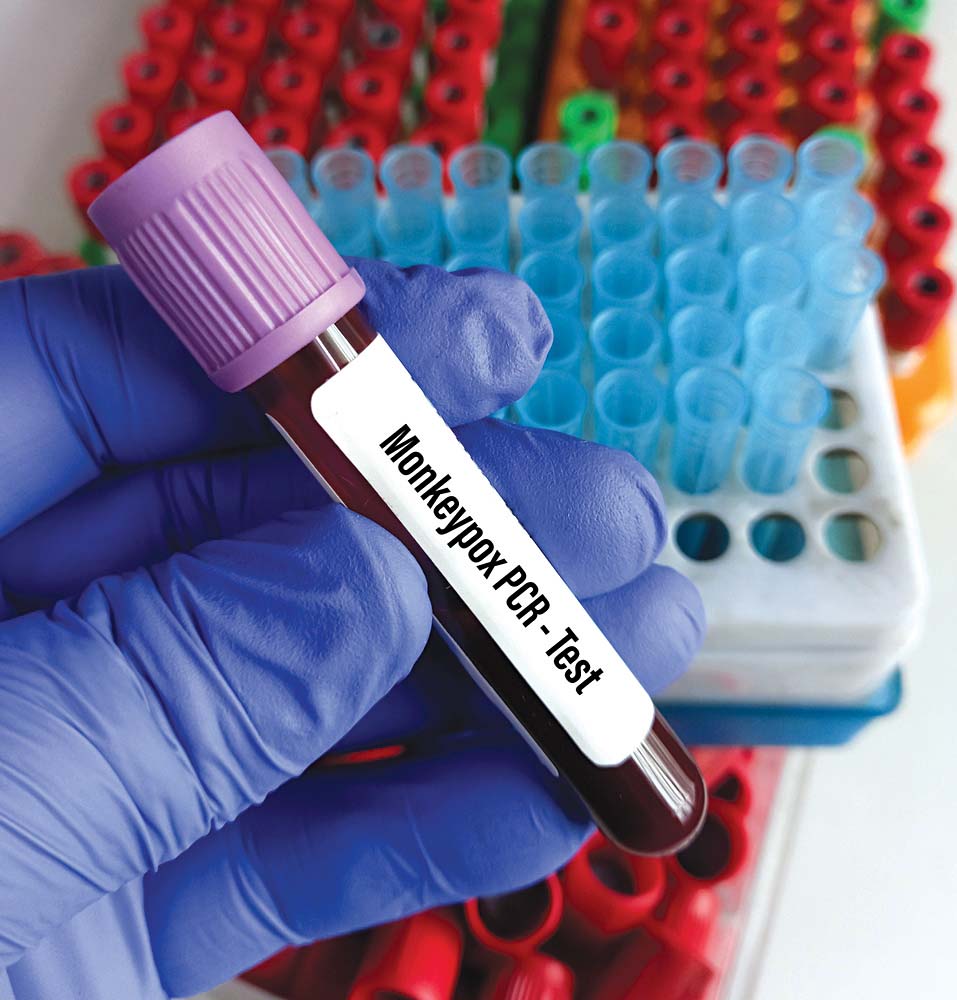
The COVID-19 pandemic has yet to be declared over and the world is already dealing with new outbreaks of another disease: monkeypox.
According to the Centers for Disease Control and Prevention, as of 8 August 2022, there have been at least a total of 30,000 cases recorded in 88 countries. Among those cases, over 29,000 were recorded in countries that had not historically reported monkeypox prior to the 2022 outbreak. Out of those 88 countries, 81 had not historically reported monkeypox.
So where did it come from?
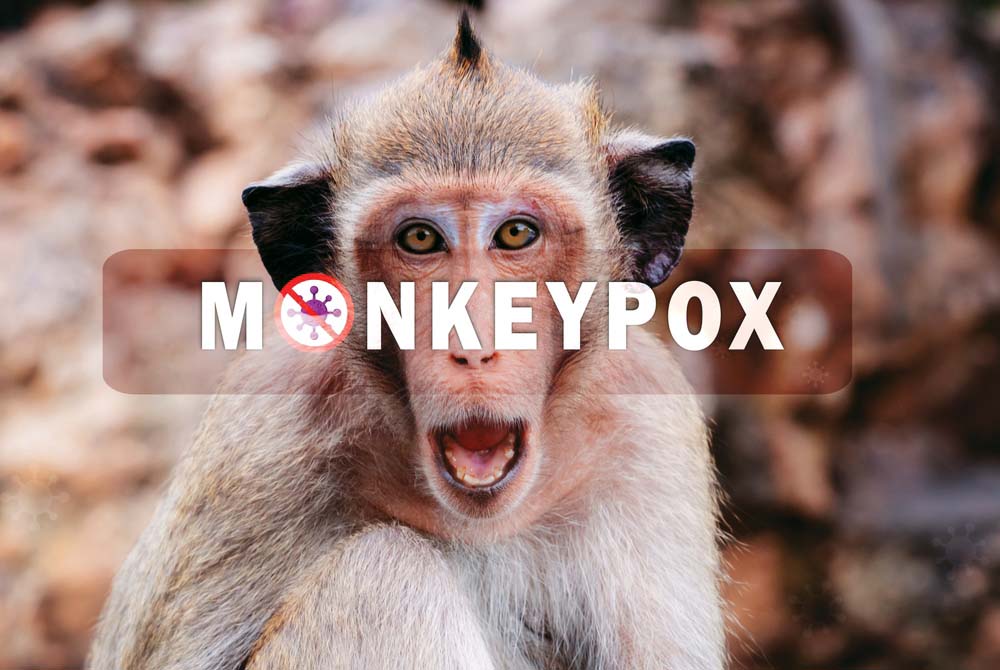
THE LATEST PUBLIC HEALTH EMERGENCY
An August 2022 report by Virginia Langmaid for CNN states that the Biden administration in the US declared the monkeypox outbreak a public health emergency. The country’s Department of Health and Human Services also urged Americans to take the virus seriously. Other countries have followed suit, especially considering the disease is known to spread through close contact.
According to the World Health Organization (WHO), “Human-to-human transmission can result from close contact with respiratory secretions, skin lesions of an infected person, or recently contaminated objects.”
While the health implications of monkeypox are important, another aspect of the disease has been sparking debate: stigma.
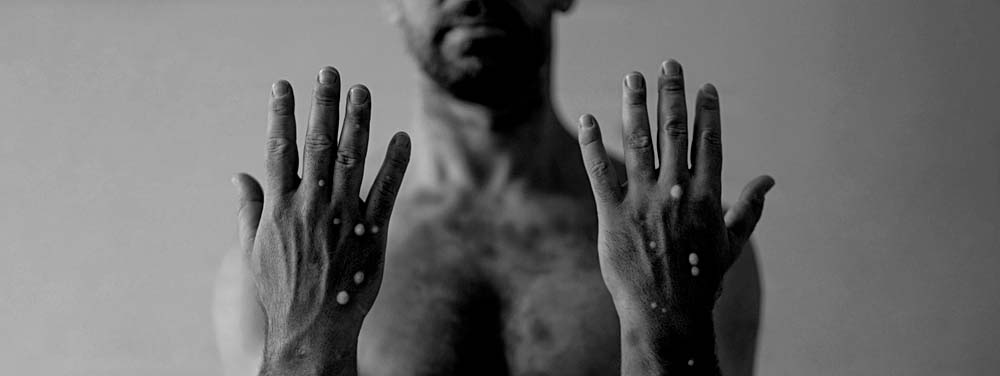
MONKEYPOX STIGMA: HUMANS

Much of the talk surrounding monkeypox stigma is related to the LGBTQIA+ community, particularly men who have sex with men. This has led many to compare the disease to the HIV/AIDS epidemic, as Elizabeth Cohen and Danielle Herman reported in their 2022 article for CNN that some lab technicians have refused to draw blood from monkeypox patients.
A July report by Anne Pasajol from the Philippine Daily Inquirer stated that even Kim Atienza, the Filipino television host known as Kuya Kim, was not immune to backlash following comments that monkeypox was sexually transmitted, “usually male to male.”
While monkeypox lesions are known to usually appear on one’s arms and legs, the current outbreak has seen more monkeypox patients with lesions in the genital and perianal area. The CDC has said research on whether monkeypox is sexually transmitted is still ongoing, but many monkeypox cases have been in men who have sex with men.
Still, the disease has encouraged stigma in other ways, including race. According to a 2022 report by Ifeanyi Nsofor for the National Public Radio (NPR), monkeypox is mainly observed in Central and West Africa, close to tropical rainforests, but that doesn’t mean it’s an African virus.
Monkeypox outbreaks outside of Africa are nothing new, with the first non-African outbreak discovered in the US in 2003.
MONKEYPOX STIGMA: ANIMALS
Aside from issues of stigma surrounding monkeypox and humans, the disease’s name alone is discriminatory against Monkeys.
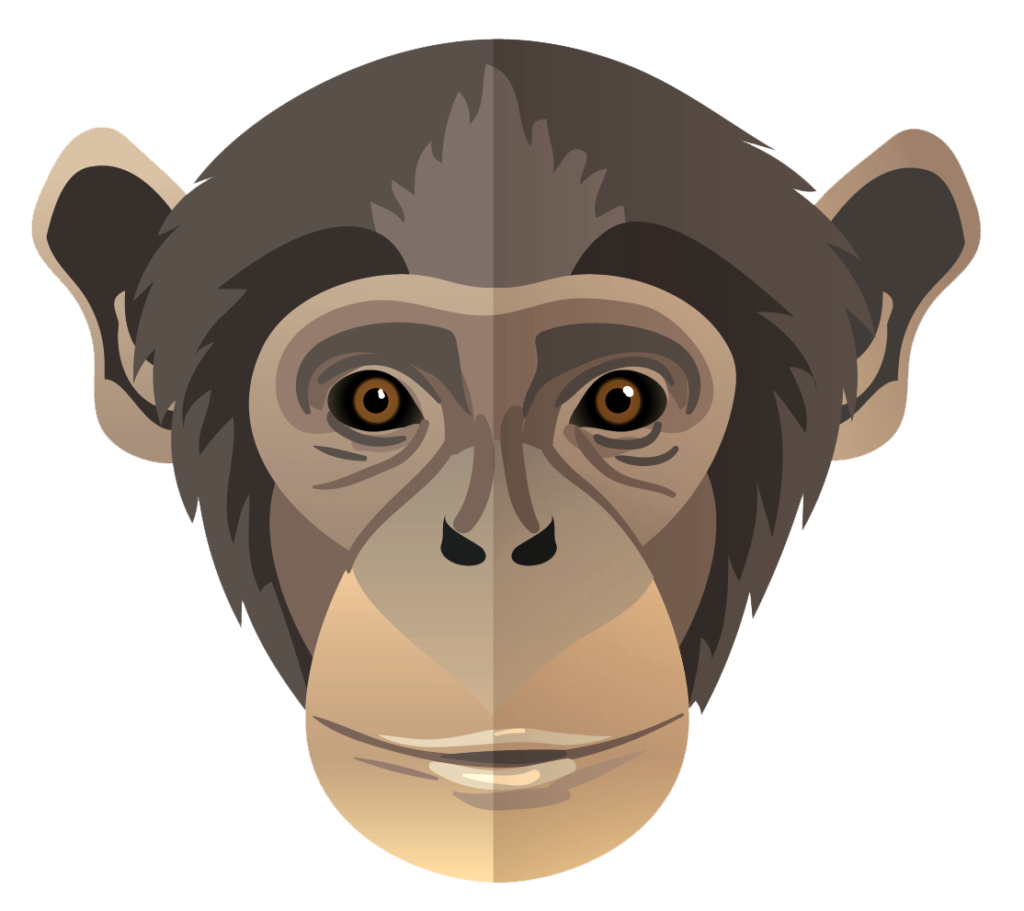
Dr. Eric Toner, a Johns Hopkins Center for Health Security expert in bioterrorism and emerging infectious diseases, explains that the virus “was first isolated from a monkey in Africa, but the reservoir for it is in [R]odents, specifically [R]odents in Central and West Africa,” according to a 2022 report by Lindsay Smith Rogers.
The first recorded outbreak, however, occurred in a colony of monkeys in a Danish laboratory in 1958, according to Simar Bajaj’s 2022 article for Smithsonian Magazine. Monkeypox is believed to have been in circulation for thousands of years before then.
The first outbreak outside Africa, which occurred in six US states in 2003, was indeed caused by contact between humans and their companion Prairie Dogs, who are categorized as Rodents. A report by NPR states that these Rodents were infected after they were housed by their animal distributor close to imported small mammals from Ghana.
Both instances of infection — with Monkeys and Prairie Dogs — were first observed in environments controlled by humans.
PREVENTING DISCRIMINATION
Discrimination against those of a different gender, race, or species is something scientists seem to want to fix.
In June of this year, Meryl Kornfield of the Washington Post reported that the World Health Organization would be renaming monkeypox to avoid discriminatory and stigmatizing nomenclature. The virus has spread through human-to-human means largely outside Africa this year, so scientists have suggested that monkeypox among humans be renamed as “hMPXV”.
The “h” in the term hMPXV stands for “human.”
WHAT ELSE DO WE KNOW ABOUT MONKEYPOX?
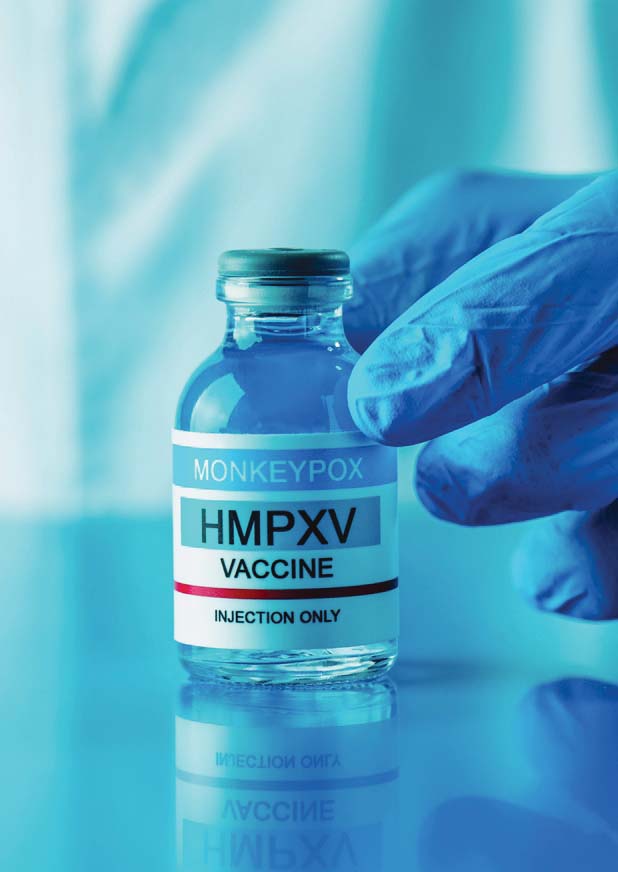
The disease’s incubation period ranges from five to 21 days, and its symptoms include fever, headache, swelling of the lymph nodes, and its most characteristic trait, a rash, which can vary in severity.
The WHO states that these symptoms last anywhere from two to four weeks.
Availability of a monkeypox vaccine is still extremely limited, but according
to the WHO, vaccination against smallpox could result in milder symptoms of monkeypox.






